The sub 4m SUV segment has been exploding with a lot of choices but the Kiger has always occupied the more affordable end of the segment. Now Renault has brought in the facelifted version which brings in many changes namely around the exterior and interiors. As you can see the Kiger looks a bit different and it is not a small facelift.
The new face actually looks sharper with the slimmer DRLs and the new bumper plus skid plate also looks good. In the yellow paint shade, the new Kiger looks attractive for sure while additions like new 16inch alloys with red brake calipers plus roof rails (functional) further adds to the stance. It always has been a good looking car but is now even better.
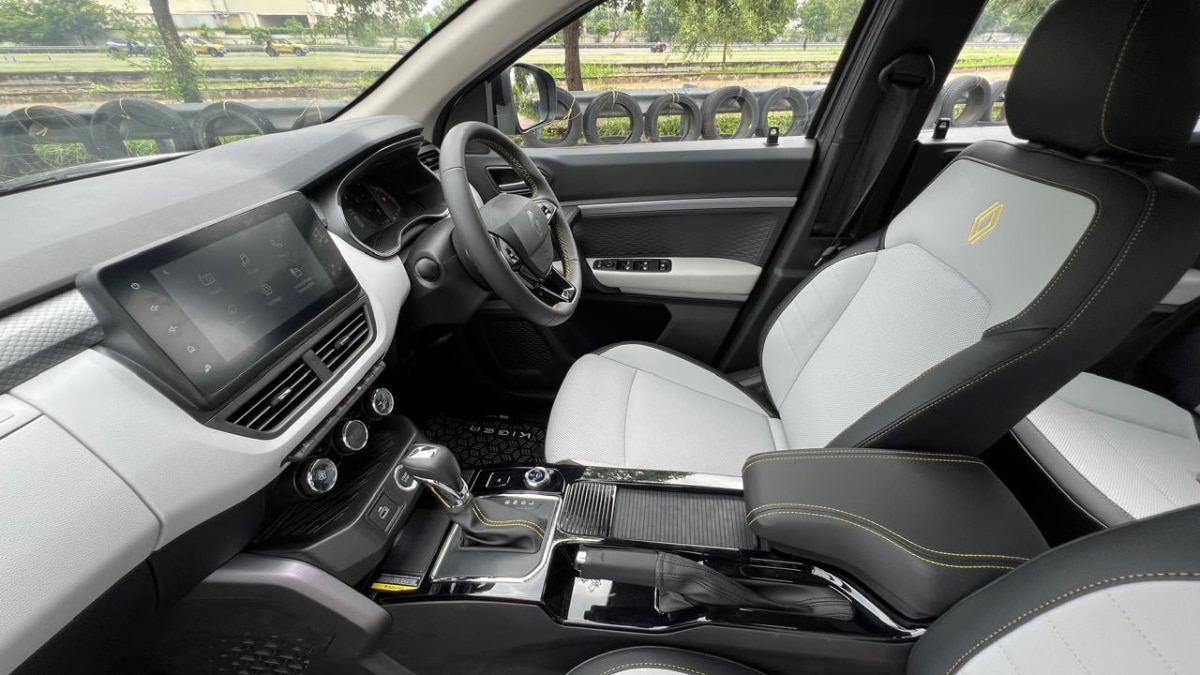
Inside, there is a big change with a new upholstery which brings white/black dualtone colour scheme along with tastefully done yellow inserts. It adds a sense of space. The rest of the cabin design is pretty much the same while the new logo which is seen on the outside too makes its way here. The main 8inch touchscreen is small but simple while being easy to use while the round controls for the Aircon are also intuitive.
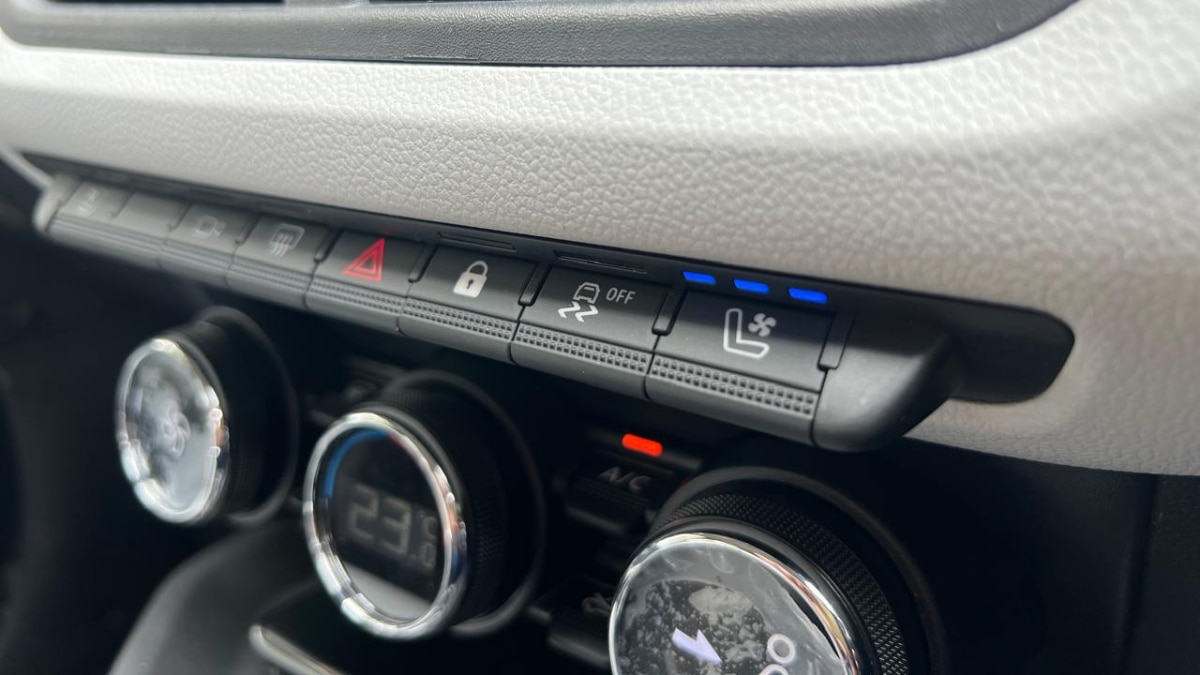
Renault has added a 360 degree camera which still doesn’t have a high quality display but works with different angles. The other important addition is the inclusion of cooled seats which are a thoughtful touch. Boot space beats other rivals here at 405 litres while space on the inside is the same but with decent legroom/headroom. Storage space on offer is excellent though.
The pair of petrol engines are unchanged too while we drove the top-spec 1.0 litre turbocharged petrol with 100bhp. Compared to the 1.0 NA, this turbo petrol is much more powerful and fun to drive. The engine has plenty of power and on a short drive, the refinement levels have gone up a bit too. The Kiger feels light and nimble with good grip while body roll is kept at bay.
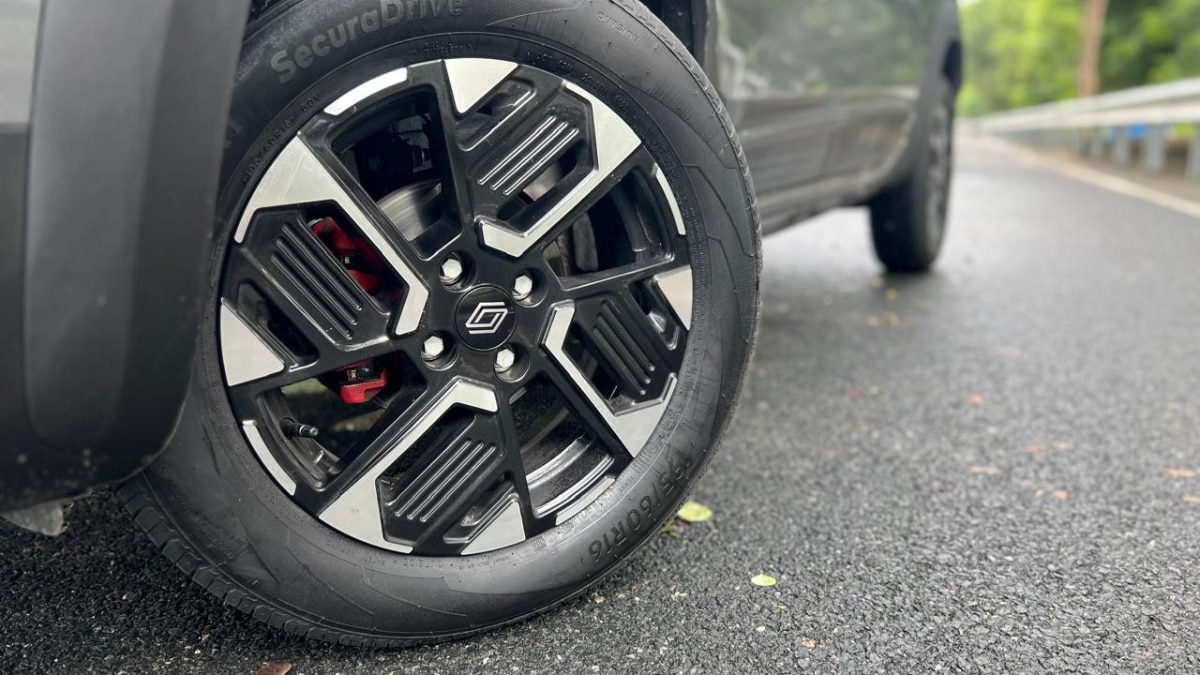
Compared to other small SUVs, the Kiger drives like a bigger SUV with the same toughness, confidence and a compliant ride quality. The ground clearance of 205mm is also more than rivals which helps here. There are three drive modes and they do bring a degree of difference but sticking to the standard one is enough for daily use while sport is best for empty roads or highways. Fuel efficiency could have been better though while a detailed road test will confirm more details.
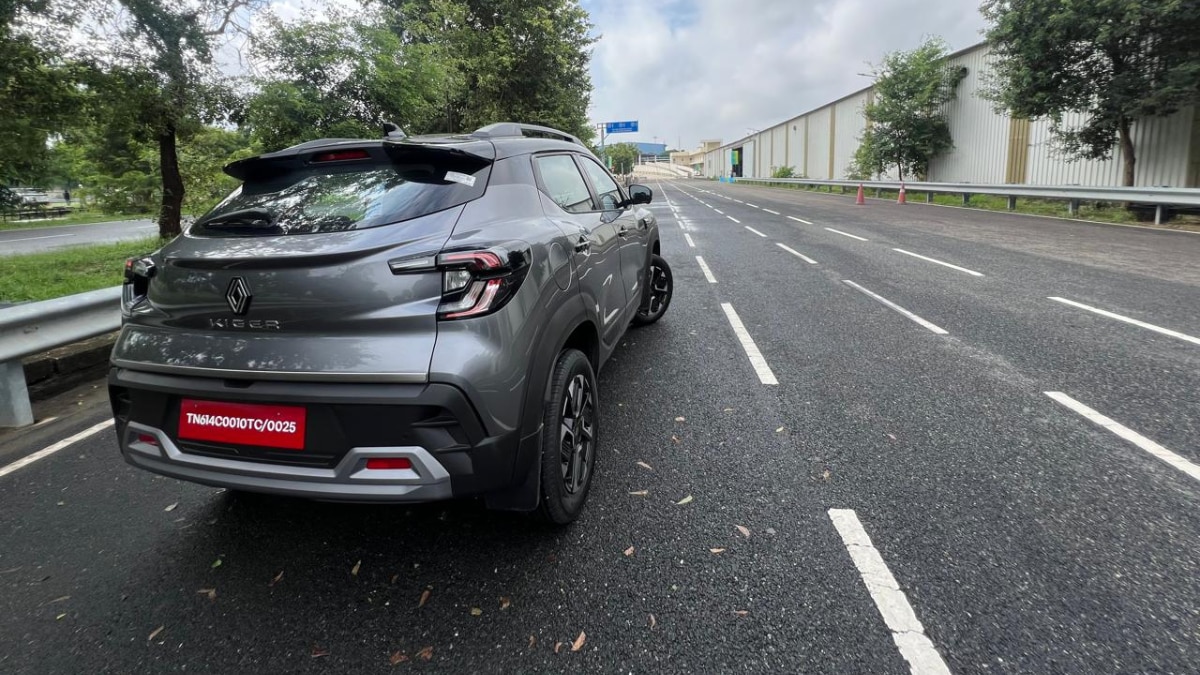
We drove around a small track so a full test is remaining but the new Kiger is now a much more desirable option for SUV buyers particularly due to the new styling and the enhanced equipment levels. At Rs 11.3 lakh, the Kiger facelift is actually more affordable than other SUVs which further makes it a good buy.

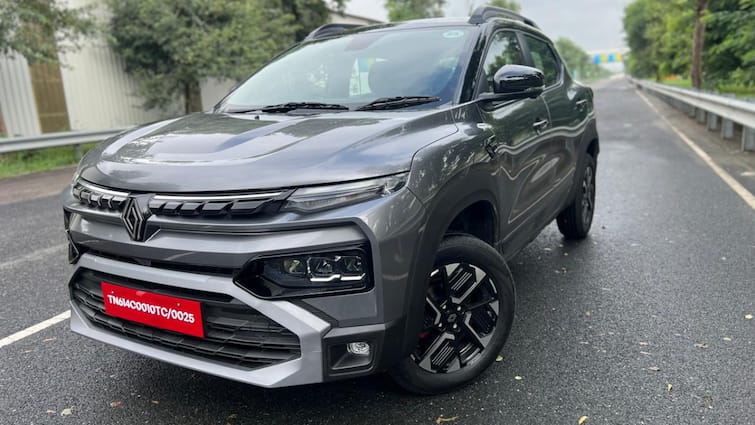
)
